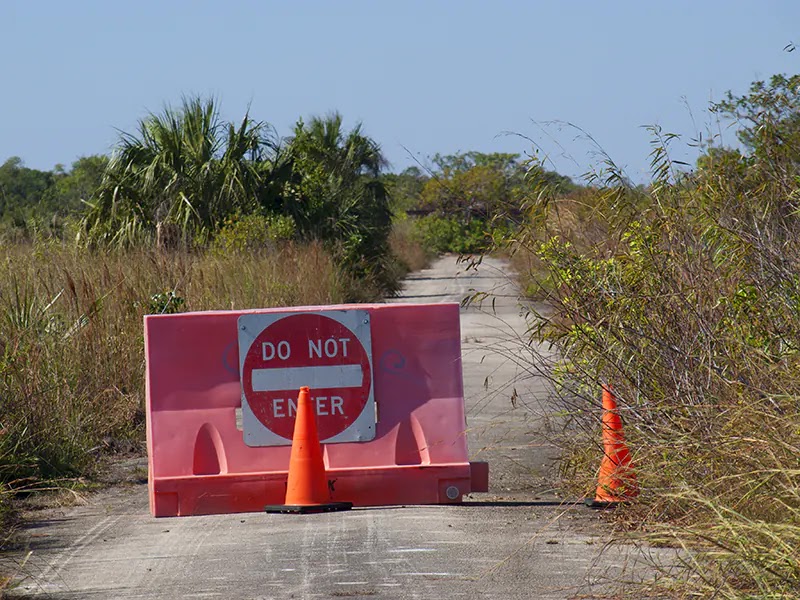Jerrycan: The classic gasoline can

|
| Our jerrycan (solid container). |
The design is old and well proved. Jerrycans bring peace of mind because gasoline creates fumes in any container and heat may cause an explosion.
Vinzenz Grünvogel invented the jerrycan in 1937 for the army of Nazi Germany. The original name was Wehrmacht kanister - "armed forces canister". The "Jerry" came later, it comes from the slang used by the allies for the German soldiers during WW2. The invention was reverse engineered by the United States Army.

|
| The Long Ranger Desert Group used jerrycans - Source: Public Domain, Imperial War Museum. |
Why jerrycans are good? Because they're strong, stackable, have recessed welded seams for impact protection, and the cap seals tight and has a security pin to prevent vapors leaks.

|
| Jerrycan cap with the pin and the recessed welded seams. |
The jerrycan capacity is 20 liters (5.3 gallons) and full of gasoline weights 47 pounds. The triple handle design allows one person to carry two tanks full or four empty. Also, two persons can share the weight of one jerrycan with each holding an outside handle.

|
| The versatile handle of the jerrycan with three points to grab it. |
Some jerrycans are made of plastic - heavy-duty polyethylene. They are lightweight, cheaper, and the plastic walls slow heat transfer and deform under stress visually revealing any pressure built.
The bad part of plastics is that they degrade if exposed permanently to the sun and powerful hits may cause leaks - well, nothing is perfect because metal jerrycans can corrode.
- Use approved fuel containers.
- Five gallons is the maximum allowed capacity per gasoline/diesel container.
- Fuel containers are color coded: red is for gasoline, yellow for diesel, blue for kerosene, and green for oil.
- Never transport gasoline in the cabin.
- Vehicle must carry a fire extinguisher.
- Wipe any fuel spill from the container.
- Container must be secured to avoid falls.
- Close the vents and make sure the cap is tight. Check for leaks.
- Containers with spouts are better for refilling vehicles.
- Ground yourself by touching a metal part of the vehicle before handling fuels to avoid a static electric discharge.



Comments
Post a Comment